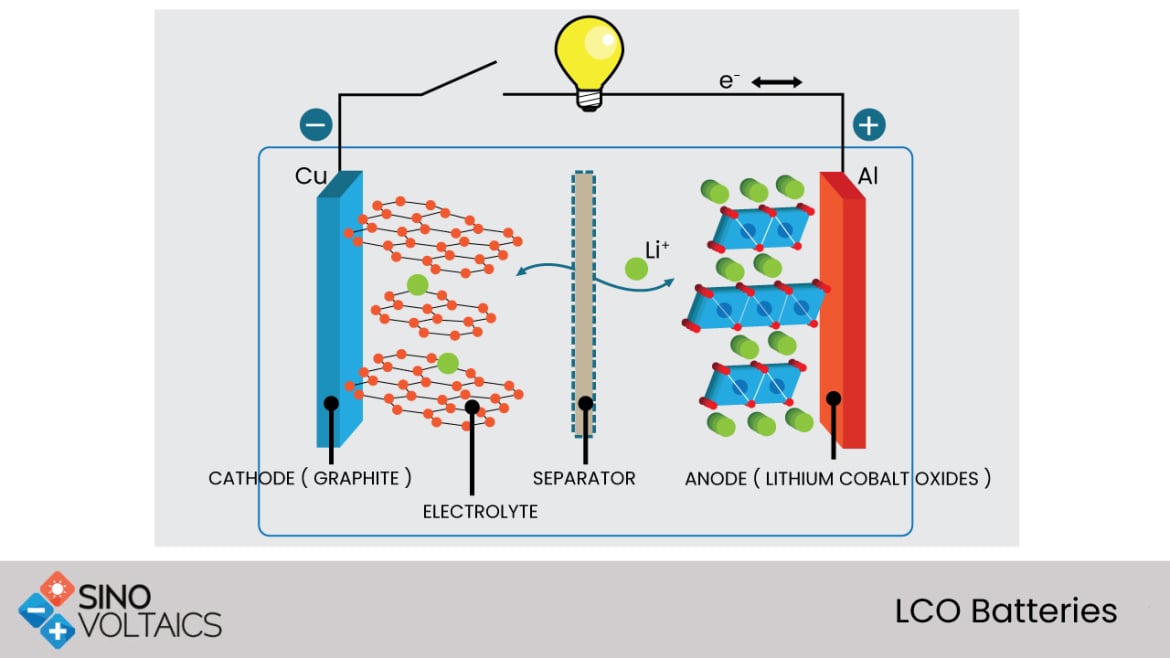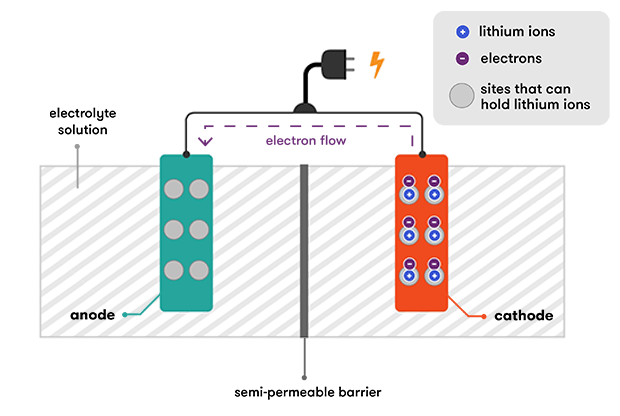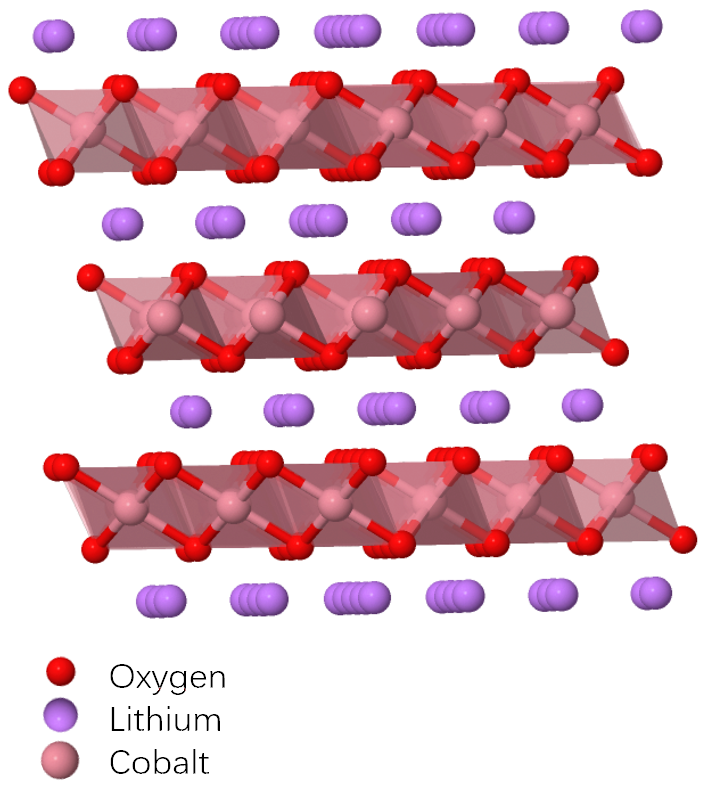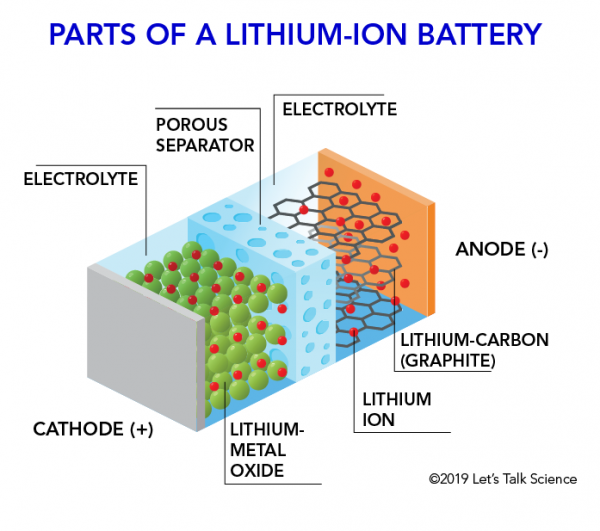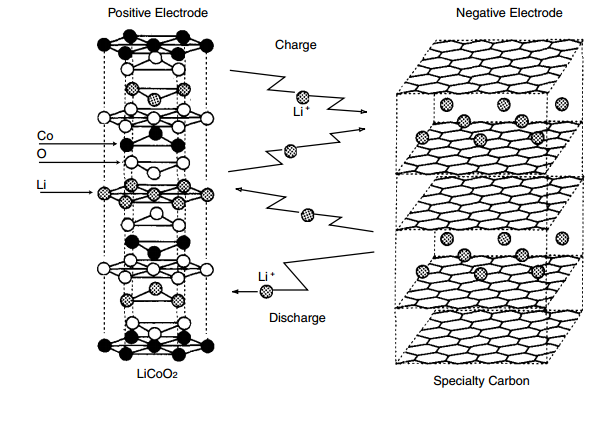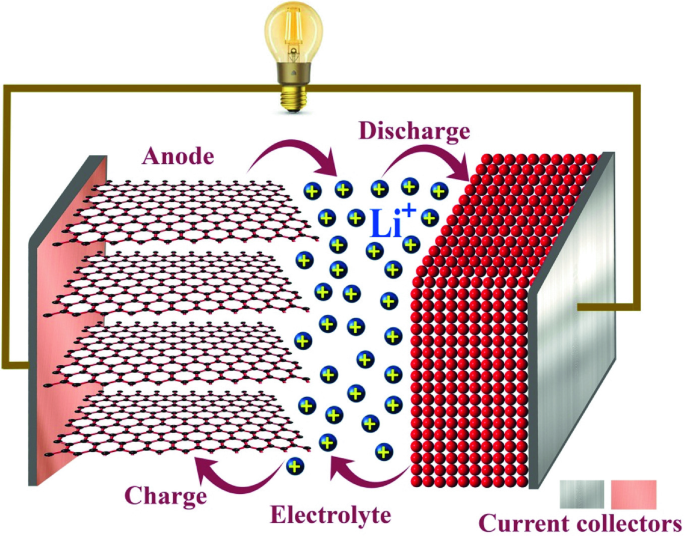
Lithium Cobalt Oxide (LiCoO2): A Potential Cathode Material for Advanced Lithium-Ion Batteries | SpringerLink

A typical lithium-ion battery utilizes a graphite-like anode and an... | Download Scientific Diagram
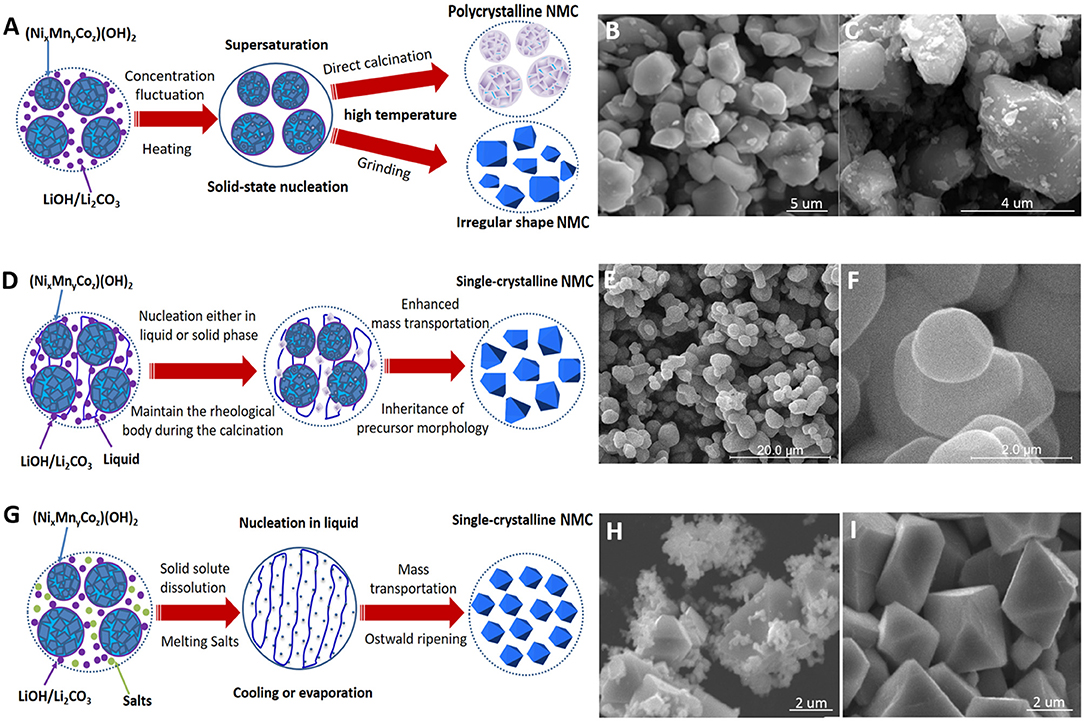
Frontiers | Synthesis and Manipulation of Single-Crystalline Lithium Nickel Manganese Cobalt Oxide Cathodes: A Review of Growth Mechanism

Electrochemical reactions of a lithium nickel cobalt aluminum oxide... | Download Scientific Diagram
Nobel laureate Prof. John B. Goodenough discusses lithium-ion batteries in perspective article - Materials Connect

Fabrication of nickel manganese cobalt oxide (NMCO) anodes for lithium-ion batteries via hydrothermal process | SpringerLink

Fundamental degradation mechanisms of layered oxide Li-ion battery cathode materials: Methodology, insights and novel approaches - ScienceDirect

Concept of a sealed rechargeable Li-ion battery based on the lithium... | Download Scientific Diagram

Impact of Nanoscale Lithium Nickel Manganese Cobalt Oxide (NMC) on the Bacterium Shewanella oneidensis MR-1 | Chemistry of Materials

Electrochemical reactions of a lithium nickel cobalt aluminum oxide... | Download Scientific Diagram

